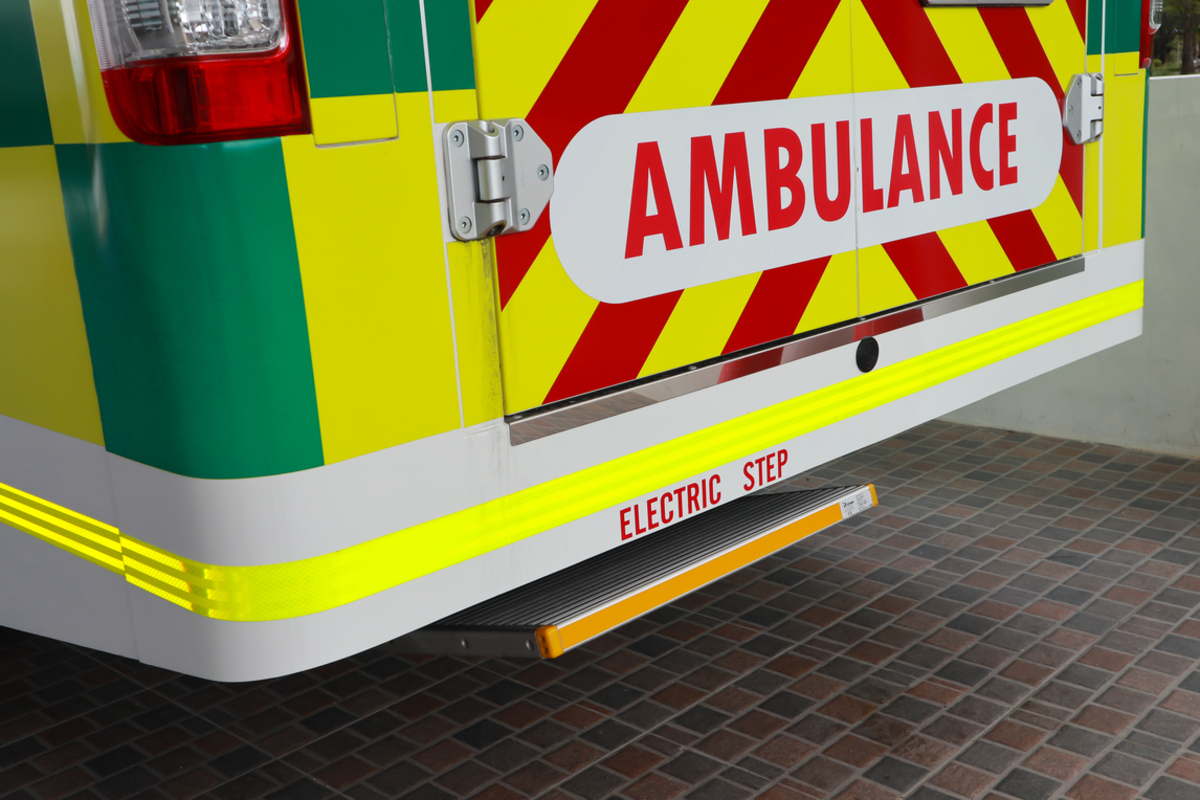An aortic dissection is a relatively rare, though life-threatening, condition caused by a tear in the innermost layer of the aortic wall.
Once this happens, blood continues to flow both regularly through the aorta, the main artery responsible for supplying your body with blood that comes from the heart, as well as through this tear. This continued blood flow further separates the two internal layers of the aortic wall, thereby creating a secondary, “false” lumen (or channel).

What do you need to know about aortic dissection?
1. An aortic dissection can happen anywhere along the aorta
The aorta is the main artery in your body. Its purpose is to transport blood directly from the heart to other parts of your body. On its way from the heart’s left ventricle, it first ascends, then curves over the heart, and descends down through the diaphragm into the abdomen, finally splitting into two common iliac arteries that supply each leg with oxygenated blood.
2. An aortic dissection can result from a variety of mechanisms
The aortic wall is composed of three layers:
- The inner layer (intima)
- The middle layer (media)
- The outer layer (externa)
Each of these aortic layers plays its own role in providing flexibility and elasticity to the aortic wall, enabling the aorta to handle large amounts of pressure from likewise large amounts of circulating blood.
A tear of the intima in the weakened part of the aortic wall is the most common cause of an aortic dissection. However, there are some genetic or inherited conditions which can manifest in an already weakened and/or enlarged aorta, such as Marfan syndrome or bicuspid aortic valve. Rarely, an aortic dissection can also be caused by severe blunt trauma, such as a motor vehicle collision.
3. Typical aortic dissection patients are older male smokers with high blood pressure
As in most cardiovascular diseases, the main risk factors for an aortic dissection include atherosclerosis (plaque buildup on the artery walls), high blood pressure, coarctation of the aorta (a narrowing of the part of the aorta), an existing aneurysm, or certain genetic conditions, such as Turner’s syndrome or inflammatory diseases of the aorta.
Other aortic dissection risk factors include:
- Old age. Aortic dissection is most common in people over 70.
- Sex. Men are twice as likely to be diagnosed with aortic dissection.
- Weight lifting. A rapid rise in blood pressure during intense physical exertion is related to aortic dissection.
- Cigarette smoking. Some chemicals found in cigarettes are proven to weaken the proteins which make up the arterial walls.
- Cocaine abuse. The use of stimulants lead to increased stress on the aortic wall.
4. Sharp chest pain may be the only symptom of an aortic dissection
Many of the symptoms related to aortic dissection are generally the same you would also suffer from in any other heart-related condition, such as a heart attack. Typical signs and symptoms of an aortic dissection involve:
- Sudden and sharp chest or upper back pain. Patients usually describe it as “tearing”, with the pain radiating mostly towards the neck or down the spine. The location of the pain may help in locating the tear.
- Hemorrhagic shock. Because of the aortic dissection, smaller quantities of blood are in circulation in the body. This means the body cannot receive as much oxygen as it needs, which can be life-threatening.
- Shortness of breath and/or shallow breathing.
- Loss of conscience, if the pain happens to be severe
- Stroke-like symptoms. Problems regarding seeing and hearing, weakness or paralysis of one side of your body.
- A weaker pulse in one hand, because this hand may not receive enough blood (and oxygen) due to the tear.
5. Radiologic imaging techniques provide the most reliable diagnosis of an aortic dissection
Although aortic dissection may be diagnosed based on its typical signs and symptoms alone, imaging modalities such as a CT scan or an MRI scan, and of course an ultrasound (transesophageal echocardiography or regular ultrasound with color duplex sonography) are usually enough to confirm the diagnosis.
A chest X-ray is not very precise in diagnosing aortic rupture, unlike aortography, which is a standard in aortic imaging. Other diagnostic tools used in the diagnosis of aortic dissection consist of blood analysis and EKG.
6. The complications of an aortic dissection may be severe
The part of the aortic wall close to the initial tear, made up only of the external and a part of the middle layer, is much weaker after an aortic dissection. That means it is also susceptible to rupture, with the same symptoms and complications as in aneurysm rupture.
Aortic insufficiency can also cause acute congestive heart failure, causing the heart to fail to pump enough blood to the rest of the body, which is already difficult due to the underlying aortic dissection.
7. Emergency treatment is essential
The initial treatment of an aortic dissection involves alleviating pain, blood pressure regulation, and stabilizing the patient so they can undergo the surgical procedure. When talking about small aortic dissections, it is necessary to create conditions that allow the tear to heal. Medications are also necessary in postoperative care, in order to maintain normal blood pressure.
Open surgical repair of the aorta is performed under total anesthesia, and it involves replacing the damaged part of the aorta with a synthetic graft, and if needed, the reconstruction of the aortic valve and the aortic arch. Although done in a similar fashion, this procedure is somewhat more complicated than aortic aneurysm repair, due to the larger part of the aorta involved.
Thoracic endovascular aortic repair (TEVAR) is usually indicated if the dissection is located in the descending part of the aorta. It is a minimally invasive procedure, where a synthetic stent-graft is placed inside of the aorta, thereby sealing the tear. Although a relatively new procedure, with its limitations and shortcomings, it shows to be a promising method of treating aortic dissection.


Your thoughts on this